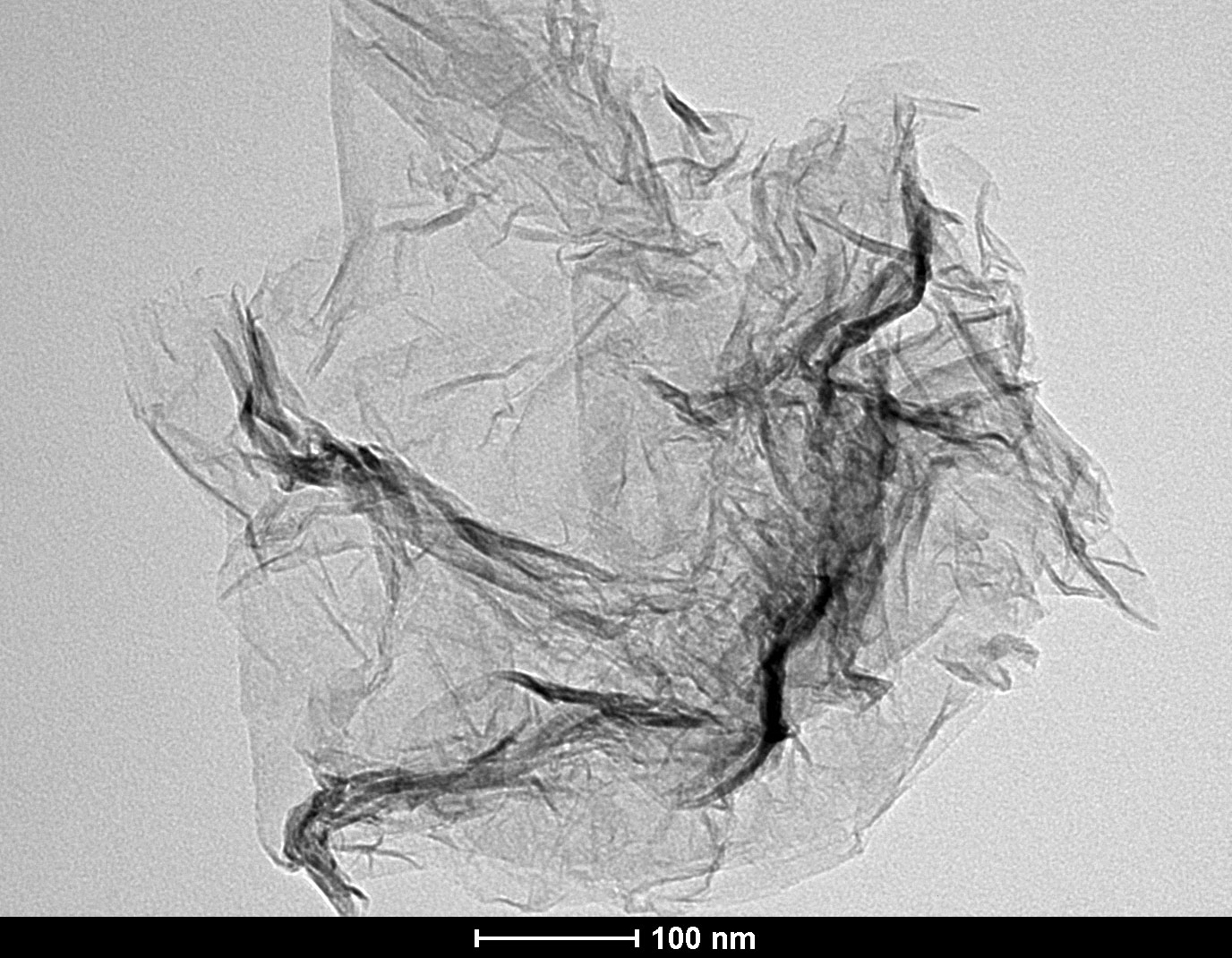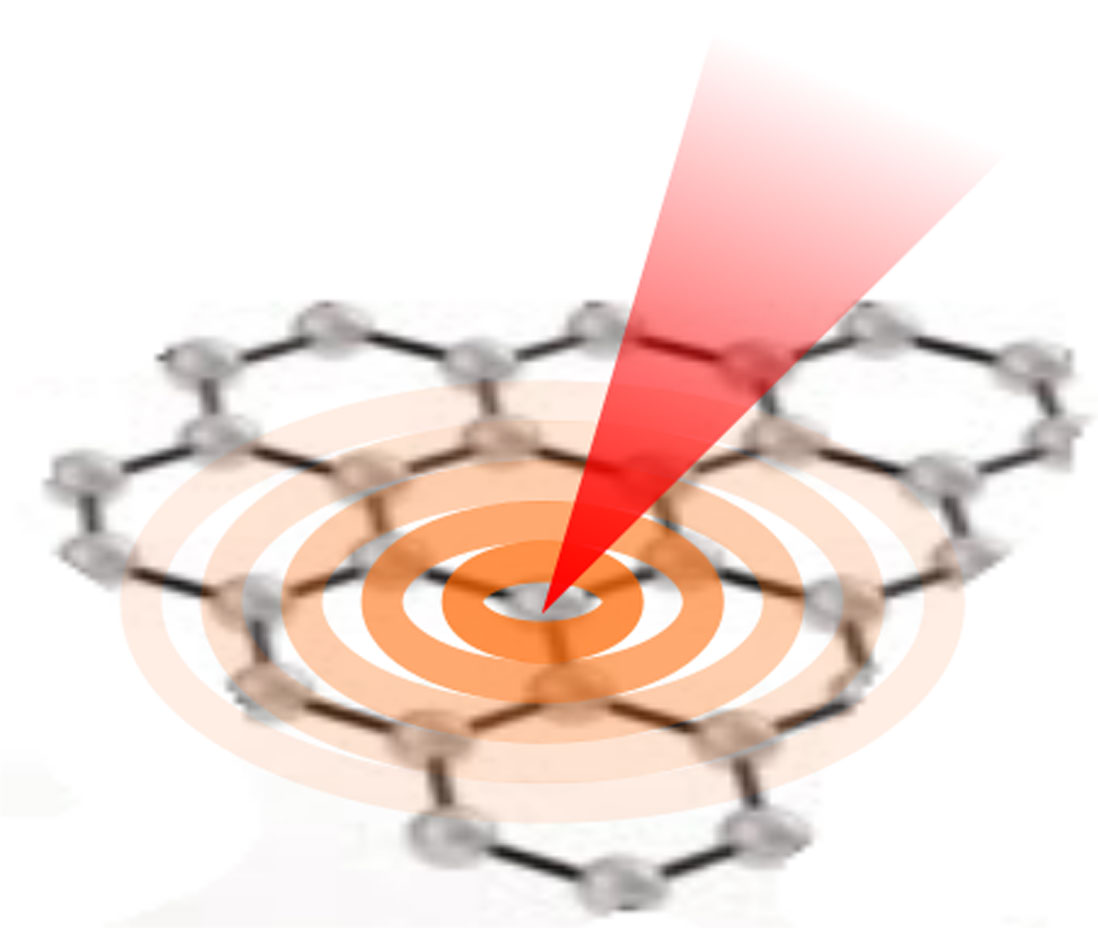
Generation of an “X wave” in an optical cavity: a) numerical simulation [1], b) generated state
and c) phase plot of the wave function depicting the dynamics of vortices [2].
Nano-optics is the most recent area of our research. We are highly interested in investigating exciton-polaritons and plasmon-polaritons in both the classical and quantum regime. This is the subject of our current research projects in which we endeavor to join photonics with nanotechnology towards developing novel quantum technologies.
Polaritons are quasiparticiles created from photons strongly coupled with matter. Due to their unique features they allow to achieve high nonlinearities which are necessary for development of many important quantum devices. They exist in a two-dimensional world of optical cavities and surfaces of the newest nanomaterials, e.g. graphene. They are predicted to constitute a future platform which will replace or at least support electronics and merge it with photonic-based quantum technologies. This field is regarded as a possible path towards increasing miniaturization and efficiency by e.g. bulding devices capable of processing terabits of data per second. The graphene as a quantum technology platform could introduce new, cheaper solutions and enable wider adoption of quantum technologies.
Exiton-polaritons consist of photons coupled with electon-hole pairs which are produced in a semiconductor. Our accomplishment was proving existence of localized wave packets similar to solitons, self-reinforcing waves moving without the dispersion, and formulating the prerequisites for their creation in this medium [1]. These wave packets are usually called “X waves” because of their characteristic shape resembling the letter X. Our theoretical predictions were confirmed in an experiment performed by the Group of Daniele Sanvitto (CNR NANOTEC, Lecce, Italy) [2] which we supported with numerical computations. We have shown how the X waves
can be spontaneously created in an optical cavity with a laser pulse by dint of strong nonlinearities present in this system. Because of long lifetimes of tens of picoseconds and travelled distances of tens or hundreds of micrometers they constitute an important alternative to standard semiconductor carriers (electrons and holes) which lifetime is of the order of nanoseconds and which propagate over distance of several micrometers. The “X waves” could be useful in e.g. devices in which the signal should be transmitted over multiple channels without distortions, for example creating fast links between two processor units.
Photons strongly coupled with quanta of collective electronic excitations (plasma) are called plasmon-polaritons. They can be created on surfaces of nanomaterials featuring negative dielectric function, e.g. gold foil shaped with nanolitographic techniques. In case the nanomaterial is a semiconductor possessing the photonic band gap (e.g. graphene), the counterparts of plasmon-polaritons are surface Bloch waves (Fig. 1). These systems have already found applications in detectors, phtotovoltaic cells, microscopes and nanoantennas. They constitute a basis of supersensitive biological and chemical sensors capable of detecting single bacteria cells, DNA strands or harmful substances.
|
a) |
 |
b) |
 |
Fig. 1. a) Flake graphene [Graphene Laboratory, WUT],
b) Bloch surface waves created in graphene nanostructures.
[1] O. Voronych, A. Buraczewski, M. Matuszewski, M. Stobińska, Exciton-polariton localized wave packets in a microcavity, Phys. Rev. B 93, 245310 (2016).
PDF
[2] A. Gianfrate, L. Dominici, O. Voronych, M. Matuszewski, M. Stobińska, D. Ballarini, M. De Giorgi, G. Gigli, D. Sanvitto, Superluminal X-waves in a polariton quantum fluid, Light: Science & Applications 7, e17119 (2018).
PDF



